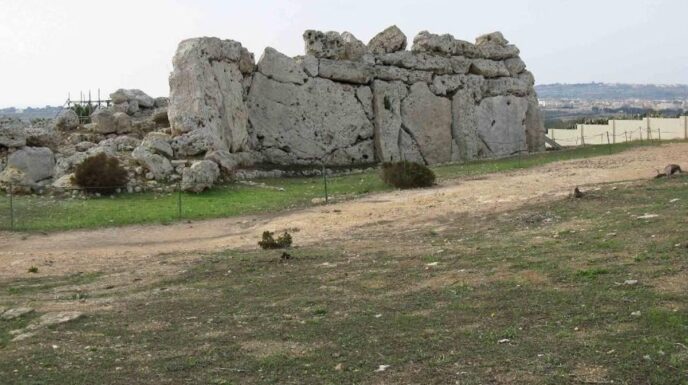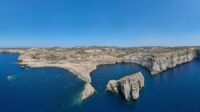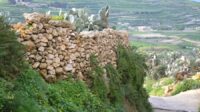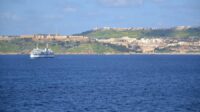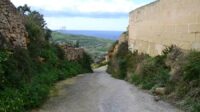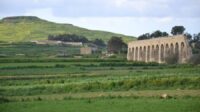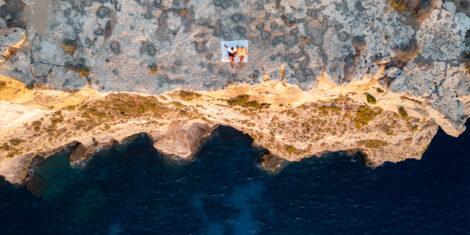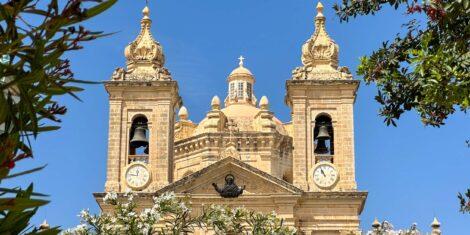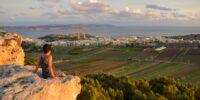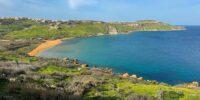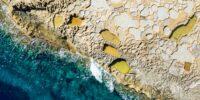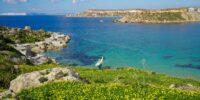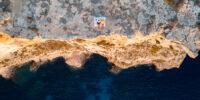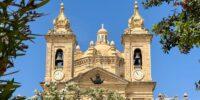To anyone visiting Gozo, seeing the Ġgantija temples is a must. They are a historical wonder and a site to see. Like many other sites in Malta, they raise the question of human craftsmanship and who the island’s inhabitants once were. Naturally, in true Maltese fashion, there is also a legend attached to the site.
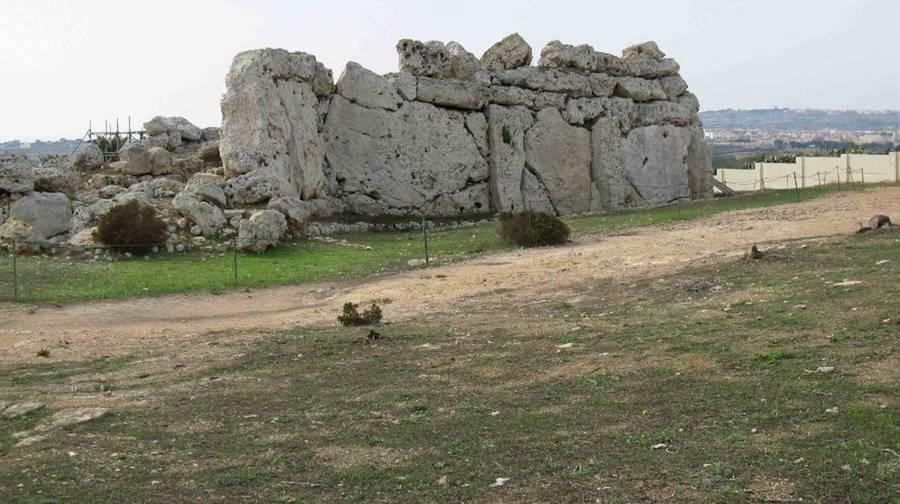
Whilst viewing few exhibits in a room that precedes the entry to the temples, you can read a well kept secret. A local story about the temples’ origins.
The Tale of the GIantess
The story says that essentially there was a giantess who had two children; one was a girl and one was a boy. One day the children were kidnapped and taken to an island by boat. The island was of course Malta.
They eventually grew up and the daughter married a man from Gozo, whilst the son married a woman from Mosta.
The story has many variations. The recurring themes, however, are those of a giantess, her children, and the islands of Malta. Statues depicting female giants and their ties to fertility hold much importance in Maltese mythology. And their mystery stems from the fact that most supposed proof of their existance is prehistoric.
The Connection to Ġgantija
The giantess supposedly showed her kindness to the people of the island and brought over giant rocks. These rocks are now known as the Ġgantija temples.
The temples date back to around 3600 BC; around a millennium before the pyramids and Stonehenge. This means that what we think we know about them can unfortunately never be confirmed. In fact, even the idea of it being a set of temples is based on a series of assumptions.
Nevertheless throughout the ages people have formed their opinions and beliefs on what these similar prehistoric buildings across the islands were used for, and researchers and archaeologists have come to some agreement that Ġgantija was probably the location for a temple dedicated to a goddess of fertility. In fact, Malta has so many such instances that it is sometimes called the Islands of Giants or the Place of Giants. This particular cluster, for example, is supposedly dedicated to Sansuna.
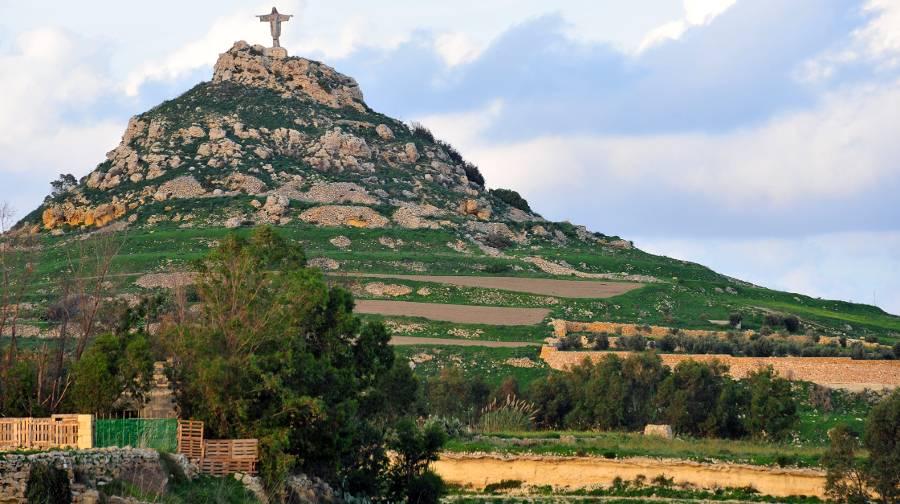
Tracing the Roots of Lingering Legends
What is interesting in Ġgantija, is that its name suggests some kind of connection to the previously recounted tale. First of all, the name itself means ‘giantess’. Second of all many locals believed that a giantess who only ate fava beans and honey, had a child from a local man, and built the temples by herself, with the child hanging on her shoulder.
Again we have to imagine that as strange as this might sound, the concept of giants was prevalent in ancient times for many reasons. And one of them must have been buildings like this. These ancient remains and the way they were constructed is to this day a mystery to many scholars and so by nature it triggers the imagination to come up with some kind of explanation.
To tell the story fully is difficult because of the many details that vary between different versions. But the story itself and its themes are crucial to understanding Maltese history and local legends.
